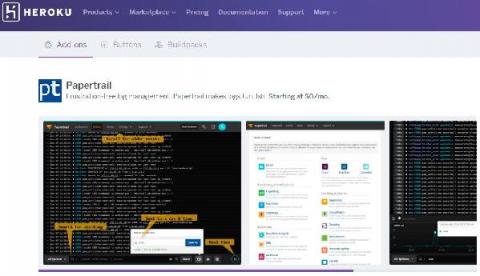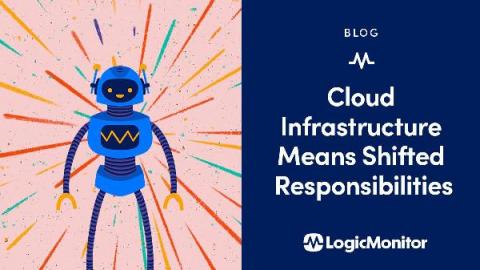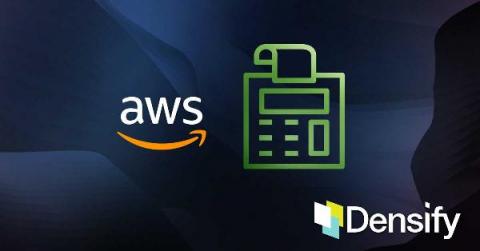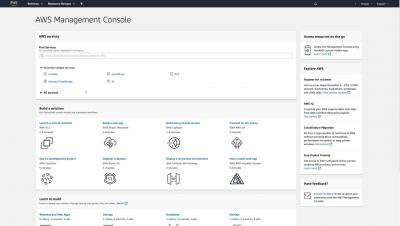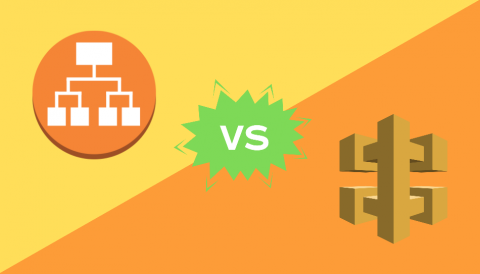Operations | Monitoring | ITSM | DevOps | Cloud
Cloud
The latest News and Information on Cloud monitoring, security and related technologies.
How to Reduce Costs on AWS Lambda
As a Serverless computing service, Lambda already saves hundreds of thousands of dollars for many companies out there. While traditional server-based infrastructures usually lead to overprovisioning and waste, the Serverless pay-per-use model enables cost-effective cloud spending. Nevertheless, there are still more cost-saving opportunities that many development teams miss on AWS Lambda. Optimizing Lambda functions can be time-consuming, though.
Best practices for monitoring GCP audit logs
Google Cloud Platform (GCP) is a suite of cloud computing services for deploying, managing, and monitoring applications. A critical part of deploying reliable applications is securing your infrastructure. Google Cloud Audit Logs record the who, where, and when for activity within your environment, providing a breadcrumb trail that administrators can use to monitor access and detect potential threats across your resources (e.g., storage buckets, databases, service accounts, virtual machines).
Cloud Infrastructure Means Shifted Responsibilities
The shift to cloud infrastructure does not remove the need for infrastructure management and administrators but rather necessitates a shift in their responsibilities. Cloud infrastructure has grown to be a ubiquitous part of the modern software industry. This is an amazing growth when you realize that Amazon did not announce Amazon Web Services, starting with Elastic Cloud Computing (EC2), until 2006.
Cost Optimization Tips from AWS Summit Online
This year’s AWS Summits are more than a little different. Despite being virtual due to the COVID-19 pandemic, AWS is packing these events with lots of content. I’ve had a great time attending virtually, trying out hands-on labs, and sitting in on the technical sessions. As I work primarily with cost management and optimization for cloud compute services, this has been my main interest in attending the conferences. Here are my main takeaways around better managing your AWS cloud costs.
The essentials of monitoring AWS Elastic Load Balancing
AWS Elastic Load Balancing (ELB) dynamically distributes incoming application traffic across multiple EC2 instances and scales resources to meet traffic requirements. Elastic Load Balancing helps optimize the performance of various web and mobile applications by identifying failing EC2 instances before they affect the end-user experience.
PagerDuty for Cloud Ops
AWS API Gateway vs. Application Load Balancer (ALB)
We recently wrote about whether API Gateway can act as a Load Balancer. The answer is yes and, in many cases, they are substitutes for each other. But how should we choose which one to use? In this article, we will dive into more details on how these two types of HTTP networking services compare, using the AWS services as a base level: API Gateway and Application Load Balancer (ALB). Both are highly-scalable services to a point that scalability should not be a concern for most use cases.
Cloud Adoption is No Longer an Option for Federal Agencies
In May 2019, Bloomberg Government reported that Federal agencies planned to move 272 information technology programs to the cloud in FY2020. Fast forward to April 2020 — they reported that there are more than 1,800 federal IT programs that are either migrating or considering migrating to the cloud in fiscal 2021, signifying a rapid increase in cloud adoption in the federal government. How might COVID-19 affect this explosive increase in cloud interest?


